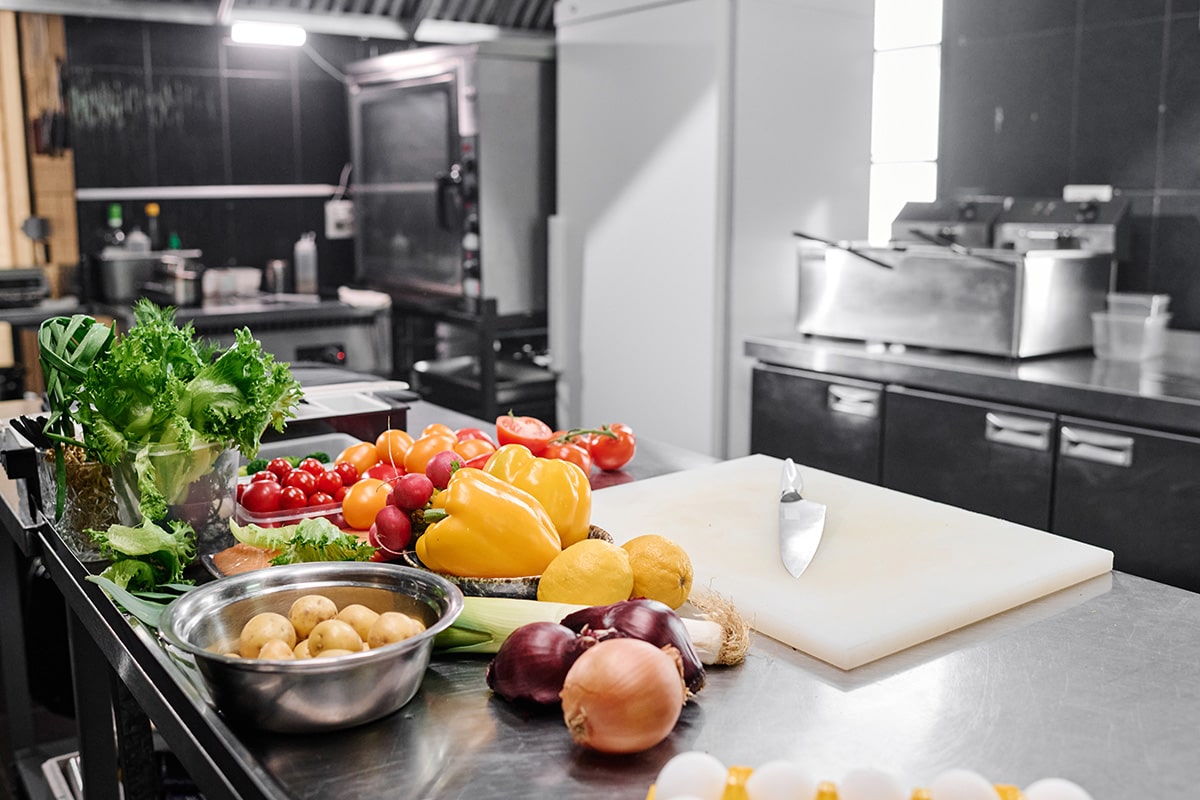
Smelly organic bins are unnecessary. With a food waste disposer in the sink, kitchen waste from dr.ir. Jan de Koning simply goes into the sewer.
Steaming organic bins on a warm summer afternoon. Don't you dare open the valve: a sour smoke fills the lungs. The inside of the tank must have once been green, but is continuously covered with a thick layer of gray sludge; a mixture of rotten cores, half-decayed spaghetti sauce and moldy cheese fondue. As far as Jan de Koning of the Health Technology section (Citg) is concerned, those times are over. He investigated the harmful effects of discharging kitchen waste into the sewer. Conclusion: Dutch sewers and treatment plants can process kitchen waste without major problems.
However, we first need to install a food waste disposer under our sink. Kitchen waste is ground between the toothed inside of a grinding chamber and two cams on a rotating disc. Centrifugal forces push the kitchen waste and cams against the inner wall of the grinding chamber. Add a little water and green beans, carrots and cores are transformed in a few seconds into particles no bigger than peas.
A revolutionary new concept of waste processing? Certainly not. In the United States, half of households already dispose of their kitchen waste through the food waste disposer into the sewer. However, this is prohibited in many countries in Europe %, including the Netherlands. Why actually? De Koning: “Governments are afraid of deposits and blockages in the sewer system. It is also feared that the capacity of sewage treatment plants is insufficient for this extra waste steam.”
De Koning conducted a study into these and other possible obstacles to the discharge of kitchen waste into the sewer. And it turns out: the impact of kitchen waste on sewers and treatment plants is not that bad. For example, De Koning calculated that if all Dutch people were to flush kitchen waste through the sewer, this would lead to an increase in water consumption of only 3.6 percent compared to current water consumption per person. In that respect, De Koning does not expect any capacity problems for sewage treatment plants. Foreign literature also shows that sewer blockages are impossible. De Koning: “The ground particles are very small and have a density approximately equal to that of water. Even in flat sewer systems such as in the Netherlands, these particles will not quickly settle or contribute to the clogging of sewer pipes.”
In addition, De Koning calculated that the concrete of the sewer pipes will not be affected by sulfuric acid, originating from sulfur components in the kitchen waste. Adjustments will be required in the future to increase the amount of sludge to be processed in treatment plants. De Koning: “But with the current overcapacity, one in ten Dutch people can now discharge their kitchen waste into the sewer via the food waste grinder without any problems.”
Sink
Although his results will be published next month in the trade journal 'Wastewater Science', De Koning doubts whether the Dutchman will be allowed to quickly install a food waste disposer in his kitchen. The Dutch waste policy states: 'separate waste at the source as much as possible'. De Koning: "With my conclusions I am kicking against sacred cows. In terms of process, it is easier to process concentrated quantities of the same waste than diluted quantities of different types of waste.”
Sounds logical, selection at the gate prevents a lot of indefinable mess behind the gate. Waste does not belong in the sewer, period. But De Koning argues for nuance: "The sewer can also be used as a very effective underground transport system. Combined transport with waste water can in some cases be cheaper and more environmentally friendly than collecting separately and transporting it over land.” Kitchen waste appears to be the most suitable candidate for sewer transport. The King would therefore like to see a detailed environmental impact assessment and cost-benefit analysis of this. If the food waste disposer becomes legal in the Netherlands, De Koning will immediately purchase one. “Then I will finally be rid of that smelly biobin in front of the door.”
Steaming organic bins on a warm summer afternoon. Don't you dare open the valve: a sour smoke fills the lungs. The inside of the tank must have once been green, but is continuously covered with a thick layer of gray sludge; a mixture of rotten cores, half-decayed spaghetti sauce and moldy cheese fondue. As far as Jan de Koning of the Health Technology section (Citg) is concerned, those times are over. He investigated the harmful effects of discharging kitchen waste into the sewer. Conclusion: Dutch sewers and treatment plants can process kitchen waste without major problems.
